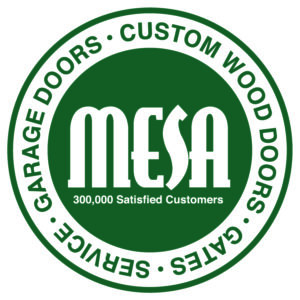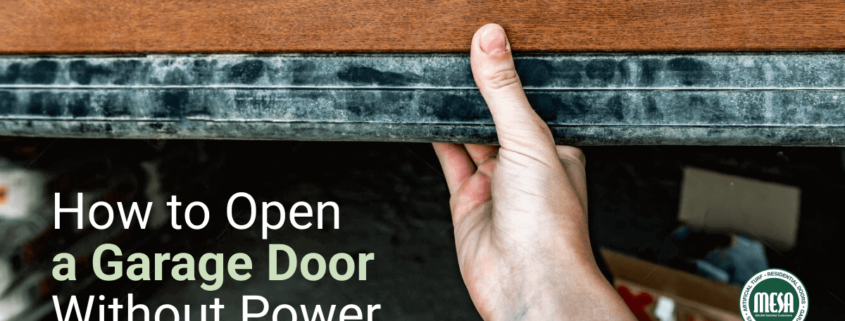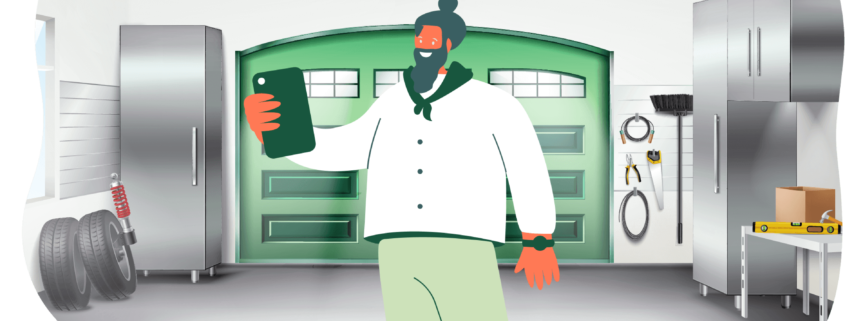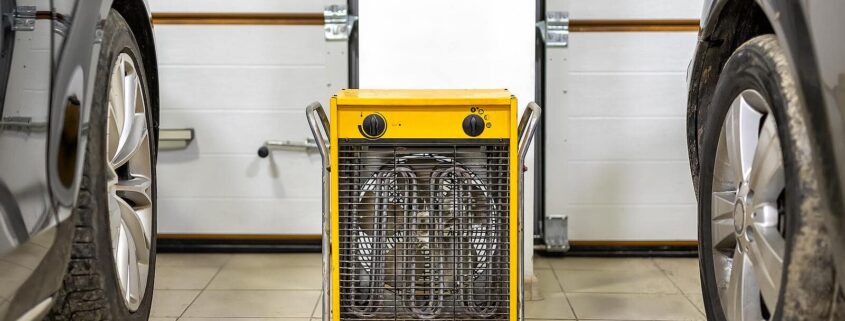How to Open a Garage Door Without Power
Electric garage door openers make life a bit easier. But when there’s a power outage, your garage door cannot open automatically. Unless you have a battery backup the only way to open it is manually. You can do this from the inside or the outside; we will explain how to open a garage door without power in both situations. First, make sure your door is down and fully closed.
How to Open a Garage Door Without Power in 5 Steps
If you are stuck inside your garage:
- Unlock the Garage Door: Locks or latches near the outside of the door should be opened. Otherwise, they can prevent you from lifting it.
- Unplug the Garage Door Opener: Disconnect the opener’s power cord to avoid electrical shock or other injury if the power suddenly turns on.
- Use the Emergency Release Cord: The release cord hangs from the track’s center rail near the front of the door and has a red handle. It’s attached directly to the trolley. Pull on the cord to disconnect the trolley from the garage door opener carriage.
- Pull the Door Up: Lift the garage door straight up from the bottom. It should lift with relative ease; if not, a spring may be broken. The door should also stay in place once it stops moving and you let go. Call a garage door technician if you have difficulty with this step.
- Close the Door by Hand: Once you back your car out of the garage, you can get out and pull the door down manually. If a lock bar is installed, slide it to secure the garage door.
When stuck outside your garage:
- Find the emergency release kit near the top center of the door, and its respective lock.
- Using the right key, unlock the emergency release cord to reveal the cable, which can be accessed via the lock tumbler.
- Unlock the door with the key and turn the handle to a vertical position.
- Pull the door straight up and make sure it remains open and stable.
- Once you’re inside, pull the door down until it is fully closed.
How to Reconnect the Opener
If you have an automatic garage door opener, shut the door, plug in the opener, and activate the remote. The system should reconnect by itself and the chain should start moving the trolley. Open and close the door a couple times to make sure it’s working properly.
For doors without an automatic trolley, shut the door and move the emergency release cord towards it. A switch should engage with an audible click. Manually move the garage door arm until it connects with the trolley; you need to raise the door by a foot or two for it to click into place.
Next, plug the opener back in and open the door with the remote. Check for buckling sounds or jerky movement; if all seems okay, close the door and leave it.
Safety Tips for Opening a Garage Door by Hand
In addition to unplugging the opener as previously mentioned:
- Never Pull the Emergency Release When the Door Is Open: If the door is open when you pull the cord, it could crash down. It’s best to wait until power is restored or call a technician to address the problem.
- Don’t Leave an Open Garage Door: If it’s disengaged from the automatic opener, the door can suddenly slam shut from any type of movement, even a gust of wind. Children, pets, and objects below the door can be struck by several hundred pounds of force. The garage door should be attended until power returns, a technician arrives, or you can close it successfully.
- Call a Technician If Necessary: Any difficulty disengaging the trolley can indicate a spring problem. Never attempt to work on garage door springs yourself; they are dangerous and a sudden failure can cause severe injury or damage. Call a professional.
Contact Mesa Garage Doors
We hope our tips for how to open a garage door without power help. However, you can always trust Mesa Garage Doors to troubleshoot and fix any problem. Available 24/7, we address emergencies and repair needs for homeowners in Los Angeles and Southern California. Book your visit online or call 800-893-1107 today!








